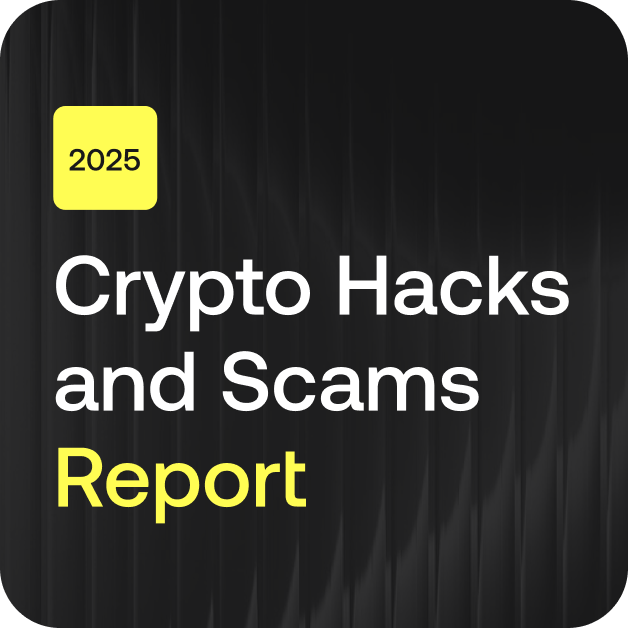With rapid innovation and constant evolution in the cryptocurrency industry, it is important to learn how to track and monitor blockchain transactions to ensure your business complies with regulations and does not fall victim to a fraud.
Learning how to use tools and technology to identify suspicious entities on blockchains helps fight against fraud and money laundering.
Here are five steps you need to follow to identify and eliminate suspicious transactions when using a blockchain analytics tool.
1. Blockchain Address Identification
Each transaction has a unique transaction identifier, which is assigned when the transaction is started.
To identify the cryptocurrency address, use a tool like the free explorer on blockchain.com, or explorer.crystalblockchain.com
Specify the transaction ID (TXID, TxHash), address, hash, or block height in the search bar of the block explorer, and instantly find out their status.
2. Cryptocurrency Entity Analysis
Determine if the address is a known entity.
Within blockchain analytics tools, high-risk addresses can be immediately tagged which will kickstart tracking. However, it might be difficult to find relevant information about an address hash.
In such cases, transaction and date filtering will help you to understand more about the cryptocurrency address and whether it is reliable or not.
3. Known Transaction Connections
If the address entity is unknown, check if it is connected to known entities which may be high risk. Check if known entities were using other crypto exchanges, mixing services or darknet entities.
Scammers tend not to perform transactions immediately after taking crypto. Therefore, analytics tools enable users to configure notifications to alert them when suspicious funds do start flowing to or from an address.
Data visualization tools can also play a role to illustrate how misappropriated assets are distributed and show the addresses that may be directly or indirectly connected to criminal activity.
4. Risk Levels of Entities
Check the level of risk assigned to these connected, known entities which is given based on transaction patterns and fund sources.
Analytics platforms offer risk levels using Financial Action Task Force (FATF) Red Flag Indicators. These show a connection between the entity, its transactions and any money laundering (ML) and other illegal activities. The focus of monitoring for potential ML is on the patterns of deposits and withdrawals, as well as on the use of IP (Internet Protocol) and other data to assess risk.
5. Ongoing Suspicious Activity Monitoring
After taking the above steps, decide if this address poses a low or high level of liability or risk.
As a broad target audience is covered by FATF Red Flag Indicators, the indicators should be taken within context. Businesses should work to understand transaction patterns by looking at as much data related to the entity or transaction as possible.
Analytics firms offer guidance and compliance tools to help businesses understand and manage the risks related to cryptocurrencies. But the onus is on businesses in the cryptocurrency sphere to follow recommendations and comply with existing regulations to protect themselves from being involved in illegal activities.
To discover how Crystal Blockchain can help you assess and monitor cryptocurrency-related risk, please contact us for a demo.




